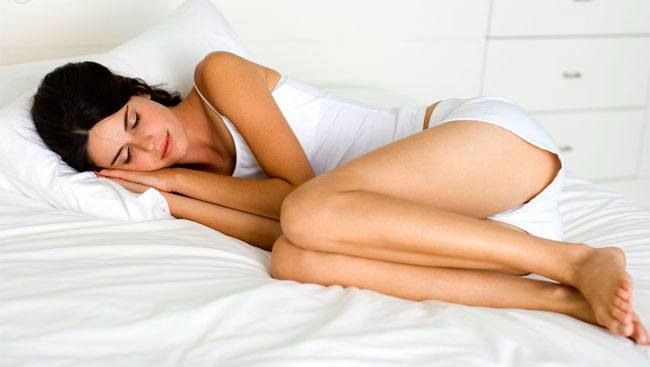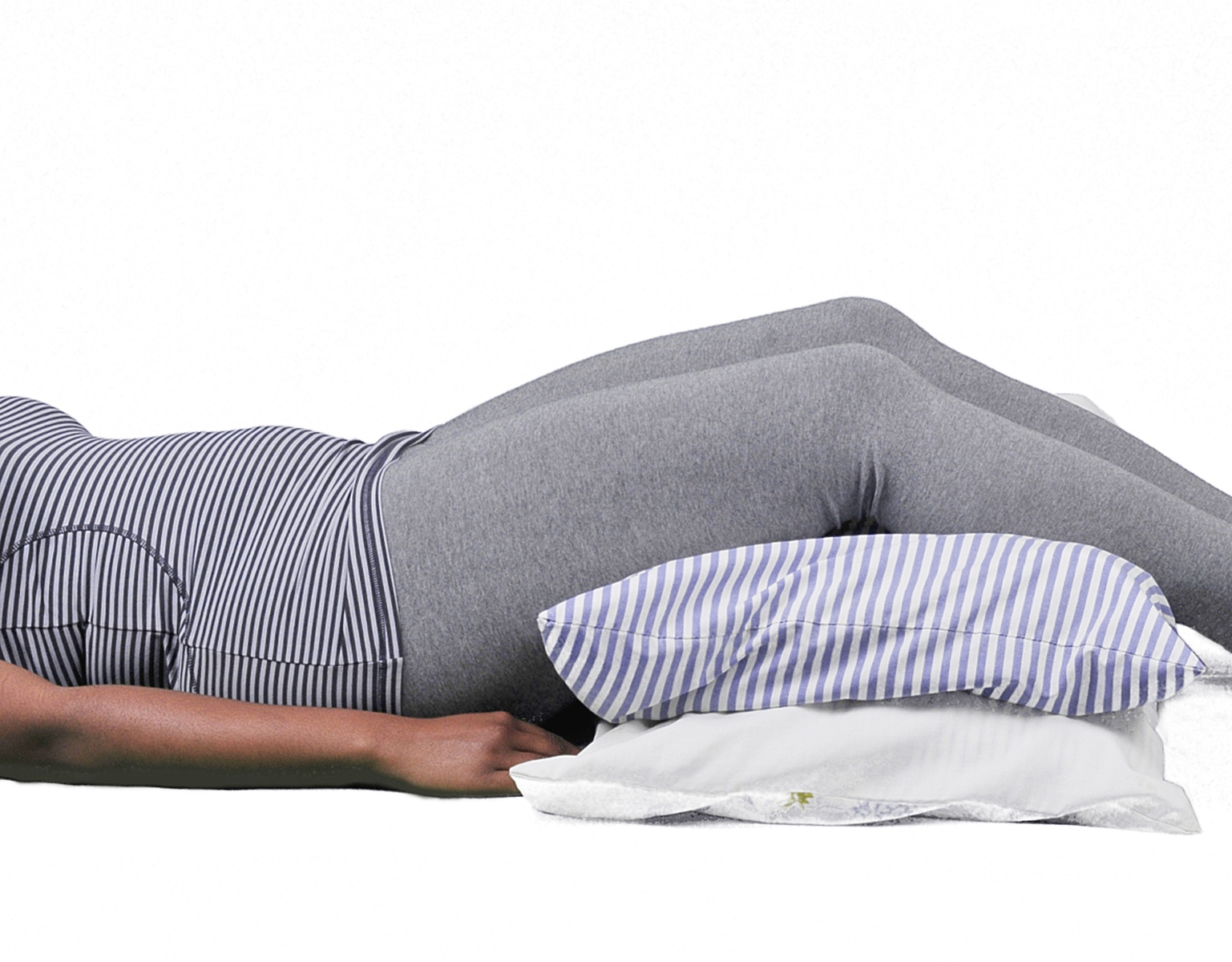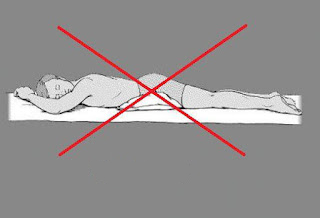People worldwide suffer from back problems due to various reasons. In general, factors at work, excessive standing, physical exercise and even chronic medical conditions play an important role in the development lower back pain. Lower back pain interferes with your daily activities, but it also makes it difficult or even impossible to sleep at night. So how should you sleep with lower back pain?
Best Sleeping Position for Lower Back Pain
Sleep in Fetal Position

Fetal position is known to support our back and relieve any lower back pain. If you sleep on the side with the knees drawn up, your joints in the spine will open up, relieving any pressure on the structures of the back. You can also place a pillow between your legs for a better support.
While sleeping in this position, make sure to avoid any spine curvature. Make sure to place the pillow so that it is positioned between your knees and your ankles at the same time. Choose a thicker pillow for a better support.
If you sleep on the side, alternate it by sleeping on the right and on the left side as well. If you sleep on the same side all night long, you will end up with pain and even muscle imbalance.
For pregnant women, the best sleeping position for lower back pain is to sleep on their left side in order to avoid any pressure on the large blood structures of the body which can restrict the blood flow to the fetus.
Use an Extra Pillow Under the Knees

If you prefer sleeping on your back, you can use an extra pillow under your knees for supporting your back. This will flatten your back and avoid a large curvature of your lower back. For extra support, while sleeping on your back, you can put a rolled up towel under your lower back.
Don’t Sleep on Your Stomach

People suffering from lower back pain should avoid sleeping on their stomach. When sleeping on the stomach, extra pressure is put on your lower back, as well as an unpleasant twist of the spine occurs.
However, if this is the only position in which you can fall asleep, put a pillow under your pelvis and lower abdomen for support. If you sleep on your stomach, you don’t need a head pillow if it puts extra pressure and strain on your neck and head.
How to Get in and out of the Bed
You already know the best sleeping position for lower back pain. But have you ever thought about correct ways of getting in and out of the bed? Here is how to do it.
Getting into bed:
- First, sit on the side of your bed.
- Use your hands for support while you bend your knees and swing them slowly and carefully onto the bed.
- Lie on your side first.
- Roll onto your back using your arms for support.
Getting out of bed:
- Once you are awake, roll on your side.
- Bend your knees and let your legs hang off the bed.
- Push yourself with the arms from the bed and swing your legs at the same time in order to get into a sitting position.
- Stand up slowly, supporting your body with your arms.
More Tips for a Better Sleep with Lower Back Pain
1. Choose the Right Mattress
Have you ever wondered about the best sleeping position for lower back pain? Well, not just the sleeping position, but also the mattress you sleep in is very important for a good night’s sleep. If you prefer to sleep on your side, the mattress should be soft, so your hips and shoulders sink while sleeping, avoiding any pressure to the pressure points.
If you prefer sleeping on your back, the mattress needs to be firm for a better comfort. The worst mattresses are those which are too soft, not offering the necessary support while sleeping.
2. Buy the Right Pillows
The pillow you sleep in is also very important. An ideal pillow is the one that offers a neutral position where the head and the shoulders are at the same correlation. If you prefer sleeping on your side, get a thicker and firmer pillow which will help reduce the pressure on your neck.
If you prefer sleeping on your back, a thinner and medium firm pillow is ideal, while if you prefer sleeping on your stomach, a very thin pillow or no pillow at all is recommended.
3. Relieve Your Lower Back Pain with Heat
Heat is known to relax the muscles of the body, including those of your lower back. For this reason, before going to bed make sure to take a shower with warm water for about 10 minutes. You can also take a hot bath if you prefer.
Using a heating pad or even a bottle filled with hot water can help relieve your back pain when applied to the sore area. Use the heating pad or bottle for 10 or 20 minutes, but make sure not to sleep with them. There is always the risk of burns and even fire.
4. Change Your Dietary Habits
Eating too late or even having a large meal just before going to sleep is never recommended. It can contribute to acid reflux which will just increase your discomfort and sleeping problems. Don’t consume alcohol or caffeine in large amounts as well before going to sleep as they will disrupt your sleep too.
5. Use Analgesic Rubs for Lower Back Pain
If you are dealing with lower back pain and are having problems sleeping, you can always try rubbing an analgesic into the sore area. This will help relax the muscles and even create a pleasant and warmth sensation.
6. Don’t Sleep Too Much
Sleeping too much is not recommended as well. Adults should get about 7 to 8 hours of sleep every night. Staying for a prolonged period of time in bed will just contribute to muscle stiffness and even increase the back pain.
